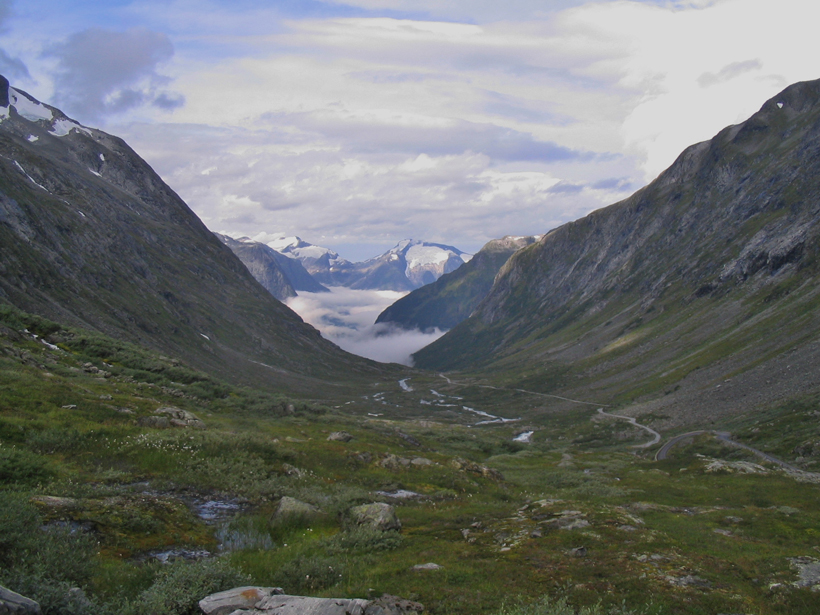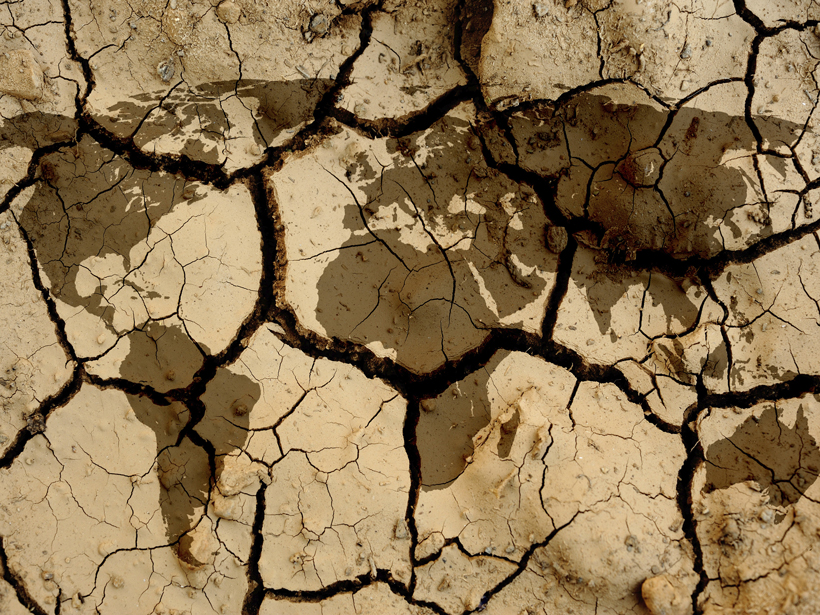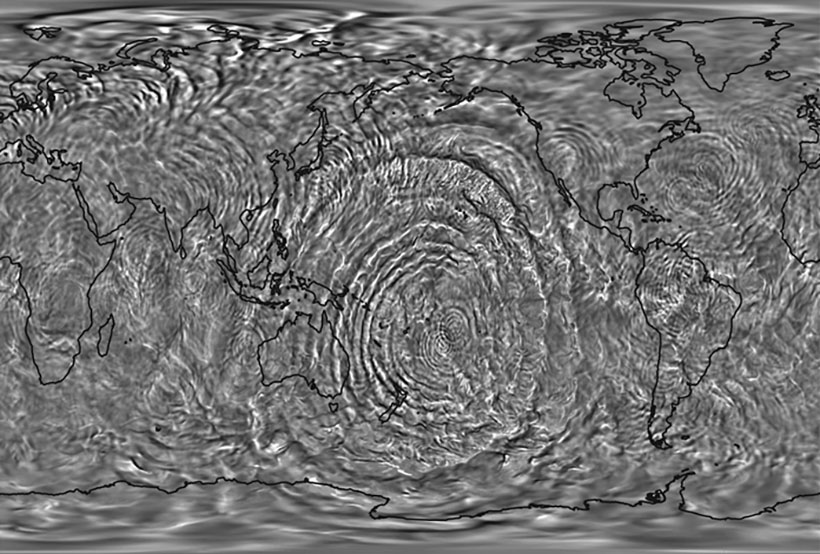Observations from NASA's Cassini probe show that the level of methane in Titan's atmosphere depends on the Sun's 11-year cycle of magnetic activity.
Authors who want CC-BY-NC 2015
New Insights into the Formation of Old Norwegian Mountains
Researchers look to minerals in rocks from Norway's Western Gneiss Region to determine when the mountain-making period came to a close in the region.
Warmer Climate Could Aid Quebec's Wine Industry
By 2050, climate change may make regions of northeastern Canada suitable for growing new varieties of wine grapes.
Reducing Earthquake Risk in Nepal
What specific approaches work well to protect people from earthquake hazards in Nepal? Hazard mitigation expert Brian Tucker shares his insight.
Spreading the Word About Climate Change
It has been 1 year since the release of the third U.S. National Climate Assessment. What has been learned over this year, and how can you help to inform the public about these important results?
Deep Atlantic Conduit Boasts Longest Billow Train
Some 4000 meters below sea level, swirling patterns of more than 250 consecutive breaking waves up to 100 meters tall stretch through the Atlantic Ocean's Romanche Trench.
Global Atmospheric Model Simulates Fine Details of Gravity Waves
Whole-atmosphere general circulation model captures many aspects of mesoscale gravity wave structures—down to the tens of kilometers—and resulting temperatures and tides.
What Can We Learn About Disaster Preparedness from Nepal's Quake?
In an interview with Eos, hazard mitigation expert Brian Tucker gives his views on disaster preparedness in the wake of the recent earthquake in Nepal.
What Causes Sunspot Pairs?
Analysis of magnetic fields on the Sun's surface offers a new clue on why sunspots appear.
House Committee Approves Bills That Limit Earth Science Funding
The U.S. House of Representatives could vote later this month on legislation, approved by the science committee, to limit Earth science funding at several federal agencies.









